 |
| The Emotiva XPA-1L monoblock amplifier can be run in either Class A or Class A/B mode. |
Emotiva turned many heads with the release of their XPA-1L monoblock amplifier. On paper, the specs of the unit are impressive. The XPA-1L is a fully balanced, fully discrete, quad differential design with a high current, short signal path. The XPA-1L will put out an incredible 250 watts into 8 ohms at 0.1% THD and double down to 500 watts into 4 ohms at 0.1% THD. If you ask Emotiva directly, the XPA-1L is supposed to be stable into speaker loads that dip below 4 ohms but it is not explicitly listed in the specs. The power supply is stated to deliver 90,000 uF of storage capacitance. Weighing in at 35 pounds each, the amplifiers have significant weight and heft.
In addition to the rated power output, the real buzz around the XPA-1L was the ability to run in pure Class A mode for the first 35 watts—for under $699 (note: Emotiva has just launched the XPA-1L Gen2 models and dropped the price to $599 each). After 35 watts, the amps would transition into Class A/B and deliver their full-rated power. Choosing to run the amplifiers in Class A mode or completely in Class A/B is accomplished via a front switch. If you choose to run the amplifier in Class A mode, it will run at 35 watts for 8 or 4 ohms. It will not double its class A power into a 4 ohm load like it does for Class A/B.
 |
| A toggle switch on the front of the amp lets you choose to run it in Class A or Class A/B mode. |
ARRIVAL AND UNBOXING
My two units arrived with shipping carrier wear including signs of distress on the outer boxes.
 |
| My pair of Emotiva XPA-1L monoblock amplifiers came with shipping distress on the outer boxes. |
| The XPA-1L is double-boxed and the shipping distress transferred a bit to the inner box. |
The amplifiers come shipped double-boxed with ample molded protection—enough to withstand significant shipping abuse. The XPA-1L monoblock amplifiers come wrapped in a black, static-resistant bag that attempts to give the impression of a premium product unboxing experience. It’s a nice touch.
 |
| The Emotive XPA-1L comes wrapped in a branded, black Emotiva covering |
The XPA-1L monoblocks come with an accessory box that is oddly labeled, “Spare Parts.” But this wasn’t spare parts! It was the power cord, trigger cable and a pair of extra fuses. I don’t know why Emotiva chose to do that. Logically, it should have been labeled “Accessories”.
Labeling aside, it’s a nice touch to include a trigger cable with the unit and I appreciated the inclusion of two —not just one—spare fuse.
The power cord, however, was a problem. It had a strong, terrible, rubber “plus something” smell to it. This was the case with the power cord included with both units. Even after a day plus the smell was there and it lingered. For my review period, I chose to replace these stock power cords with others because of the smell. To have such a stink from something as basic as a power cord is unacceptable—even in a product that is targeting a value-conscious audiophile audience.
SET UP AND INITIAL IMPRESSIONS
Not so with the XPA-1L.
If you trigger on your setup and the XPA-1Ls are powered on with a trigger, pressing the front panel button will turn off the XPA-1L! Moreover, if you then turn off your preamp, the XPA-1L that you turned off manually will then turn on even though the rest of your equipment is off. I found this out accidentally and it was something that was characteristic of both units.
I strongly suggest that prospective buyers be aware of this and that the units aren’t in areas where little fingers can accidentally press the button. Again, this is really a non-issue in real world use, but I did find it odd.
The Lexicon amplifier’s faceplate and entire chassis were both thicker, more solid, and rigid when compared to the Emotiva. How much value one puts on the chassis is a personal preference. However, I felt it important to note the difference since some make a direct correlation between the chassis and overall build quality.
First, you need to give these amps room to breathe (as you do any amp of course) but they do get very warm even in A/B mode. The XPA-1Ls got much warmer to the touch than my Lexicon amp. I strongly suggest that you have ample ventilation and follow the guidelines in Emotiva’s manual for ensuring proper air-flow.
Luckily, I had the Emotiva’s in my rack, which is off to the side of my setup. For me, the lights did not become a problem. However, I did initially set up the XPA-1L directly under my TV and they were a bother during TV and movie watching when the lights were down.
 |
| The XPA-1L status lights are incredibly bright. I kept them in my rack, which is to the right of my TV and behind a closed, perforated door for ample air-flow. |
They assured me there was nothing functionally wrong with the units. They sent me this diagram below and suggested that I simply loosen the screws slightly and that I would likely find one that was overtightened.
 |
| Emotiva asked that I slightly loosen the screws holding the heat sinks. Doing so solved the audible anomaly I experienced. |






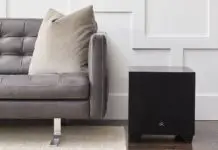




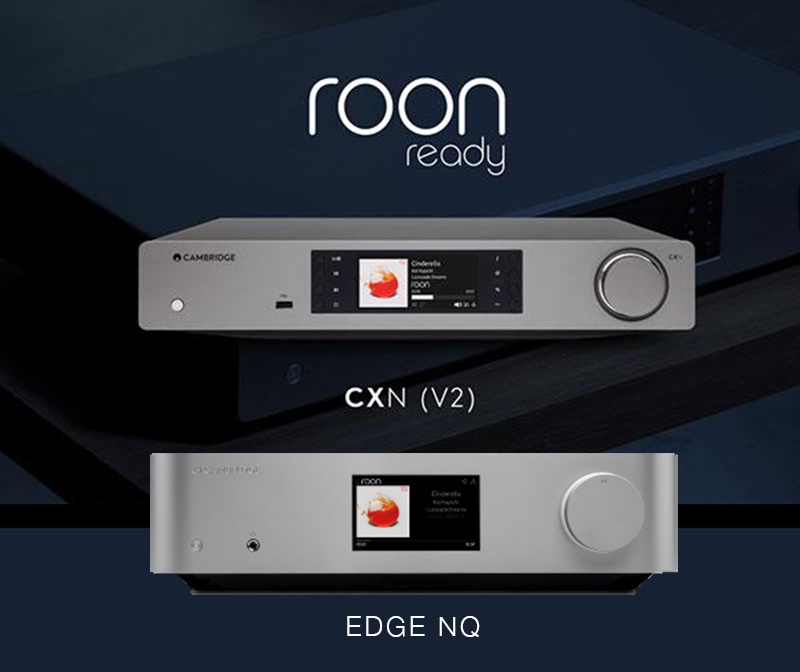
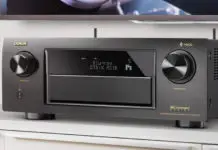
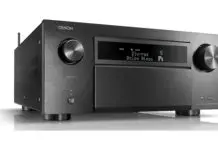
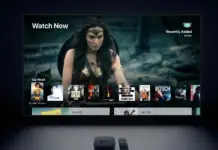


At least a comment of his performance comparing to any amplifier you have.
Dear Mumtaz, I think you'll be pretty satisfied with the full review and it should answer your question. It should be up sometime next week.
The reason Emotiva includes two fuses and not just one is that they blow in pairs. I know from experience – I have a pair of these and one unit is very finicky about remote triggering: blows fuses often, to the point where I have stopped remote triggering it until I find the time to ship it back to Emo for repair. 🙂
Comments are closed.